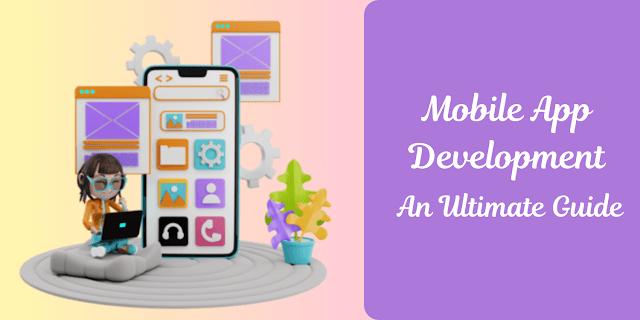Top 5 Data-Driven Reasons to Use Audio Visual AI for End-to-End Testing
1. The many ways audio-visual AI assists end-to-end testing
In its nascent form, AI brings clarity, accuracy, and easiness into the equation. And when you use audio-visual AI for testing purposes, it offers a wide variety of options that are usually not possible with traditional testing.
For instance, audio-visual solutions provide predictive analysis based on customer preference and historical data, paving the way for new products and features. Alongside, it helps to test and collect results in real-time concerning data integrity, software dependency, and external interface options.
The best part is that the tester does not need to spend hours collecting audio-visuals and running the tests as AI takes care of the process end-to-end.
2. Audio-Visual AI offers automatic, accurate, and fast results
Accurate and fast: these are two significant themes in audio-visual AI. These two features help testers create UI testing scripts and run and compile the code to receive accurate output.
The entire process offers an upper hand to the testers in end-to-end testing. On the other hand, manually carrying out a similar test is prone to human errors and goes on for hours in some cases.
Additionally, with audio-visual solutions at their disposal, creating test scripts is easy and saves considerable time fixing coding errors, such as syntax and compile issues.
3. Easy-to-access audio-visual recordings
Often, test results are unformatted and stored in unreadable and encrypted format for security reasons. But data collected from the audio-visual recording are saved in an easy-to-access format, which could be read and understood by testers and coders alike.
Moreover, the easy-to-understand format enables one to quickly pinpoint the issues and work only on those particular problems, improving the fixed time and overall testing duration.
Another benefit of the easy-to-access format is for non-technical individuals. Although testers know a coding language, the audio-visual solutions allow non-technical recruits to understand the output and convey the same to coders to fix.
4. Run and record multiple user sessions simultaneously
Do you know what one huge differentiator of AI is? Its ability to run and record multiple tests simultaneously in real-time and provide results accurately.
In an end-to-end testing scenario, audio-visual AI helps to record multiple user sessions simultaneously without skipping a beat and running error-prone codes. In addition, the ability to run several tests at once assists teams in pinpointing the issues in the system better and fix only those problems.
Additionally, the debugging session includes many teams working together to solve the problem, which becomes more manageable when they receive different results from several user sessions. Now they only need to focus on these outputs and work on them rather than spend time coordinating and finding errors one user session at a time.
Thus, audio-visual AI saves a tremendous amount of time and manual effort.
5. Audio-Visual solutions offer the possibility to fix bugs before production release
Audio-visual solutions are not just about saving time, money, and manual labor; they also make the testing work effortless and accurate for developers and testers alike.
HeadSpin’s Audio Visual (AV) platform runs on a similar approach. A centralized source of securely testing audio and video quality for media testing, HeadSpin’s AV platform is suitable for running tests for video applications, such as media, entertainment, gaming, and video conferencing.
In addition, it helps run tests on OTT media devices, testing Digital Rights Management (DRM-protected) content, and testing voice activation and speaker-based use cases.
With all its features, the AV platform is one audio-visual solution that increases code coverage by 10% to 15%. This aspect makes it easier for developers and coders to fix bugs before releasing the system in the production environment.
Takeaway/Conclusion
The use of AI has increased tenfold among multinational enterprises and start-ups alike, but it is still limited to data processing. The IT world is missing the audio-visual AI that augments the testing process by bringing AI’s ability to collect, store, and process data.
Read the complete blog here https://www.headspin.io/blog/top-5-data-driven-reasons-to-use-audio-visual-ai-for-end-to-end-testing




Comments
Post a Comment